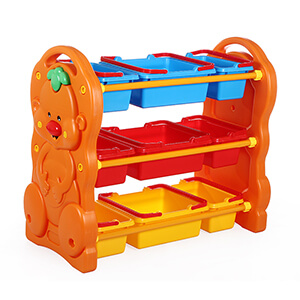The world is short of containers and ships, and over 90% of the routes are increasing in price?
In this year, everyone should have heard the news of “Great Inflation”. The prices of commodities, such as coal, crude oil, steel, and chemical raw materials, have risen. Therefore, in this context, many companies are facing greater cost pressures, and their profit margins are also squeezed. In addition, the freight rates of global ocean shipping are also rising. Under the pressure of “two pressures”, the operating pressure and risks of enterprises are gradually increasing.
Speaking of ocean freight rates, in the past two years, this has been one of the key factors in the rise of corporate operating costs. Especially after the epidemic, under the booming foreign trade business, the demand for containers and freight ships has risen again. In this context, shipping prices have also been further pushed up.
When prices in China’s domestic home appliance market rose sharply before, many experts pointed out when analyzing the reasons, one is because the price of raw materials is rising, and the other is that transportation costs under the influence of the epidemic are also rising… Now, the transportation problem has become The “pain” of many companies.
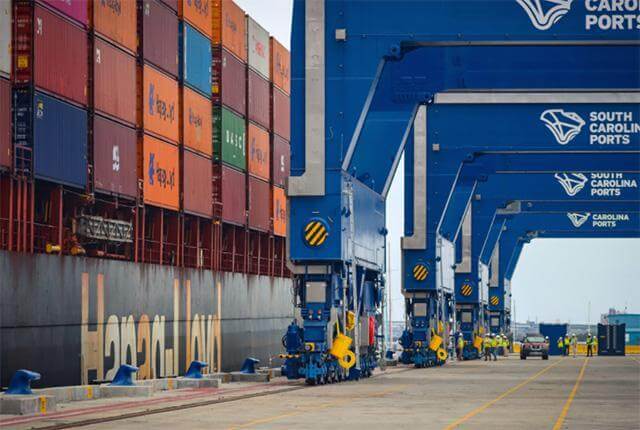
In May, data showed that in the first four months of this year, China’s total foreign trade import and export reached a record high during the same period, which was a year-on-year increase of more than 28% compared to 2020. It is a good thing to see this data, but what comes next is a series of problems such as a too-long shipping cycle, too high freight rate, and shortage of containers.
Last week, a colleague from the International Trade Department of our company revealed that the daily task is to urge shipping schedules. Previously, the ship of the shipping company could arrive at the port in about 15 days, but it is now delayed until about a month. In other words, the time limit is longer, and the ship’s voyages are also fewer.
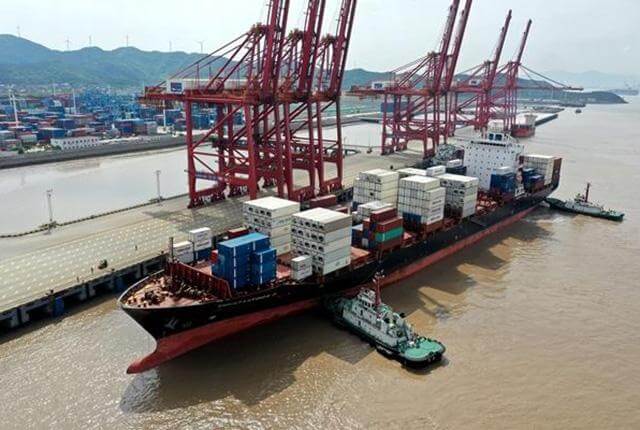
As a result, because the arrival time is too long, the company’s warehouse is full of products waiting to be loaded and transported. This has greatly affected the company’s capital turnover. “One box is hard to find” and the delivery period is delayed. Now there is news that global freight rates are rising, even exceeding international expectations. More than 90% of the world’s routes are rising.
That’s weird. What is the reason for the “shortage of containers and ships” all over the world? What about the large number of containers hoarding in ports? What about the transport ships that travel on the sea every day? In this context, many container manufacturers have begun to rush to manufacture overnight, and shipowners have placed many orders for new ships. Can this not restrain the increase in freight rates?
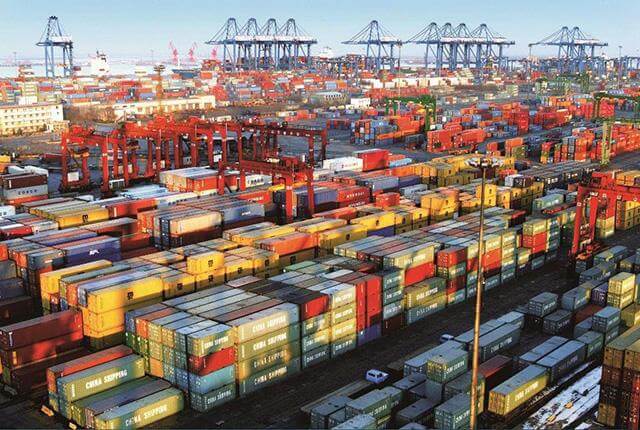
Now the reason has been found. It is reported that under the background of rising freight rates on various routes, 42% of ships in the world are “slacking” at every moment. how do I say this? Mainly because of the uneven recovery in various countries and regions during the epidemic. This directly led to changes in the structural requirements of shipping routes.
For example, countries such as Australia and Brazil are the world’s largest net exporters of commodities and have abundant mineral resources. However, what developing countries need is a large amount of imported raw materials. At this time, after the ships specializing in this kind of cargo arrive in these areas, the cargo loaded is limited, and there will be cases where the ship can return with a small amount of cargo because it cannot collect the cargo or even the result of an empty ship return.
As a result, some studies have found that the asymmetry of freight prices due to the impact of cargo has created a huge trade imbalance, which has led to 42% of ships sailing without cargo at any point in the world.
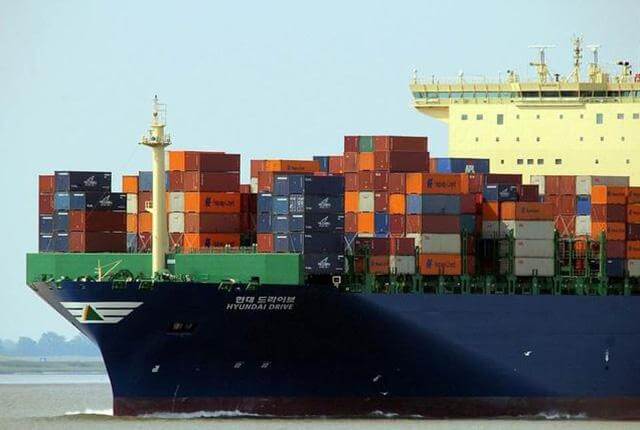
Looking at the recovery of various countries, my country is currently dominating the movement of global ships to a large extent. Because of China’s rapid recovery under the epidemic, exports from many other parts of the world are now starting to increase, which allows these countries to look for freight demand at Chinese ports after China has finished shipping. Therefore, in this case, the freight to China will increase.
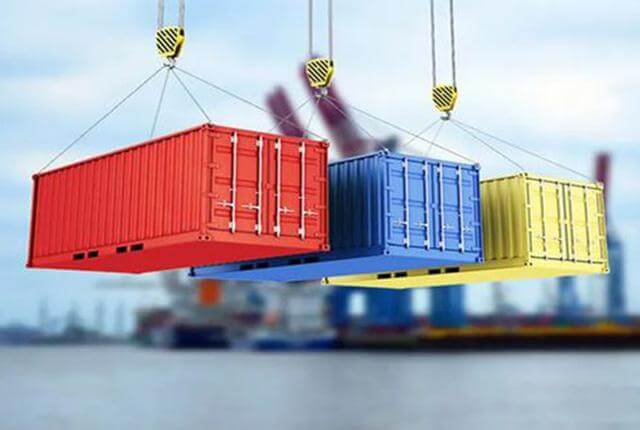
Speaking of it, a series of problems such as lack of containers and lack of ships are, after all, caused by the differential recovery of countries in the world under the epidemic. When the global economy stabilizes, these problems will be well resolved.
At the same time, the current ocean freight is still relatively high. For this reason, manufacturers’ and shipowners’ actions to produce a large number of containers and order a large number of ships may cause overcapacity after the economy stabilizes. For this reason, we have to consider this, and we still have to be cautious.





